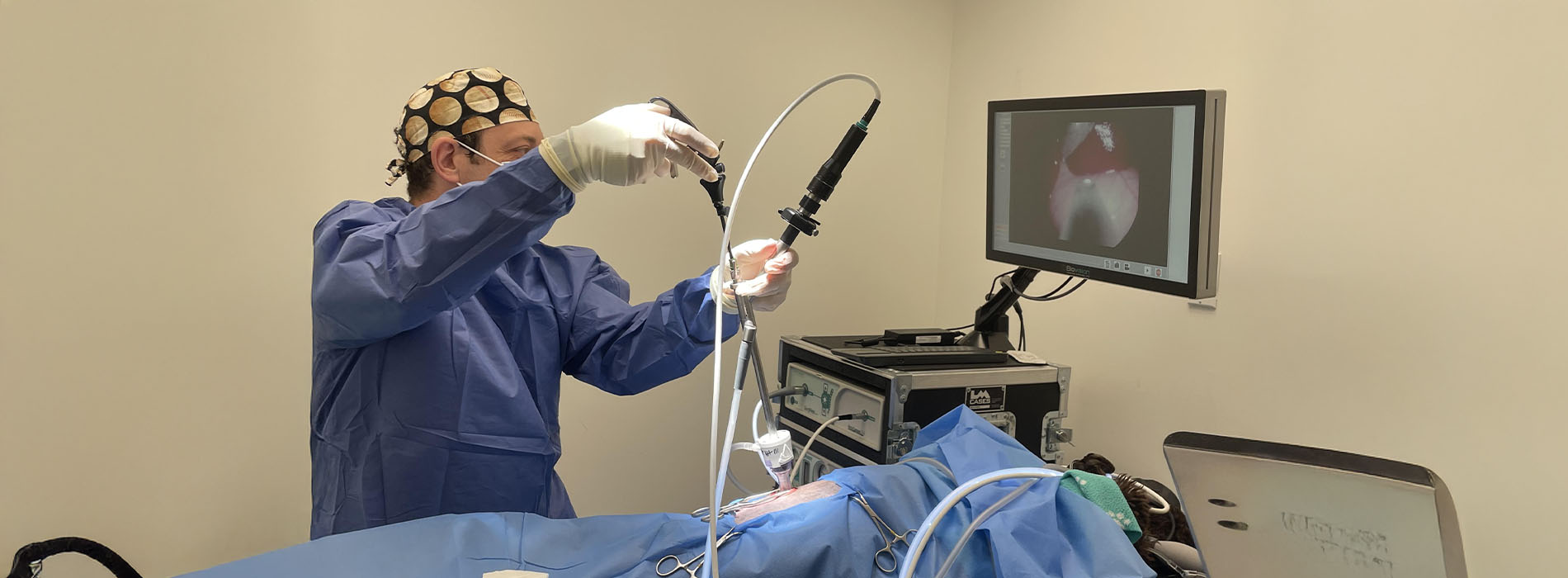New Patients
(416) 231-4953

Minimally invasive procedures (or surgeries) are generally defined as “procedures that are performed in a manner that causes as little trauma to the patient as possible”. These procedures involve less pain, less bleeding, less anesthesia, fewer complications, and less scarring when compared to more traditional surgical methods. Minimally invasive procedures almost always involve the use of small cameras and instruments and can involve both rigid and flexible scopes. Regardless of the type of scope, minimally invasive procedures have been proven to significantly reduce recovery times after surgery as well as overall post-operative discomfort in both humans and animals.
Over the last several years, minimally invasive procedures have become one of the most rapidly growing areas of treatment in both human as well as veterinary medicine. In fact, minimally invasive options are now considered the standard of care in human medicine.
